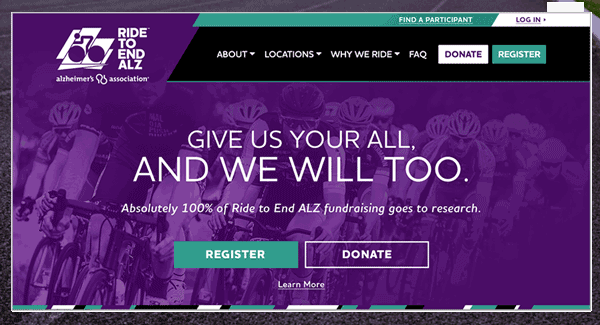our blog
Why Your Digital Presence Is So Important to Fundraising Success
by Meghan Dankovich
Other than our thermostats, very little in today’s world should be approached with a “set it and forget it” mindset, especially websites. In fact, having a dynamic, relevant and user-friendly digital presence may be even more valuable to nonprofits than for many for-profits where a somewhat static page may suffice. Yet in the NPO space, getting the funding needed for year-round management, upkeep, and optimization of websites and digital assets may not always be an easy sell.
It’s understandable. Nonprofits are obligated to responsibly steward donor dollars for maximum impact and not all donors and leadership understand why a continuous investment in maintaining digital presence is important, yet it is arguably the most powerful marketing and communication tool your nonprofit has.
Here are a few reasons why digital asset optimization should be a standard line item in the annual budget, if it’s not already:
- Your impact and the cause space you serve are ever-changing. Your website should reflect that; always. Use your online presence to take and keep your constituents on that journey with you through compelling storytelling. Through engaging imagery and video presented in eye-catching color and tone-setting design, you can help convey those stories in powerful, emotive, and memorable ways. How often you change your content may depend on a lot of things including very real constraints like budget and resources, but given you always have new information to share, minor updates for blogs and events should be happening daily or weekly at a minimum.
- Technology is constantly changing. Whether it’s keeping your code current with the latest Mac or Windows operating software version, adhering to new accessibility standards for screen readers, or adjusting for variations in browser algorithms and interpretations of code, your IT staff and technology-related vendors know it is simply part of the job to stay vigilant to the ever-changing environment in which our digital assets exist. Monitoring the responsiveness, legibility and ease of use of your online assets across a variety of devices should be on someone’s on-going task list.
- Usability expectations and preferences change. Your constituents’ perceptions of what is modern, consumable, and well presented change like their clothing styles. Like miniskirts and skinny ties, what was once deemed cool may cause a few eyerolls today. Your audience wants to see themselves reflected in the language you use, the stories you tell, the asks you present and, most important, how you present them all. Don’t think color matters? A digital marketer will give you an earful otherwise! And tools like HotJar and Digital Analytics will prove it to you with their A/B test results.
Remember, your audience is also judging to see if you seem trustworthy with their money. Not just in how you will use it, but in how you will collect it, too. That donation experience better be convenient, quick and secure or they’ll move on to the next organization faster than you can say “ApplePay.”
There’s a reason why site design is so important. Although the term user experience may have been a term coined in the 1990s by cognitive psychologist and designer Don Norman, but today it is such a cornerstone of all the things we interface with that the UX designer role comes in at No. 2, after digital product designer, as the most in-demand roles according to the Onward Search Digital, Creative and Marketing Professionals Salary Guide.

